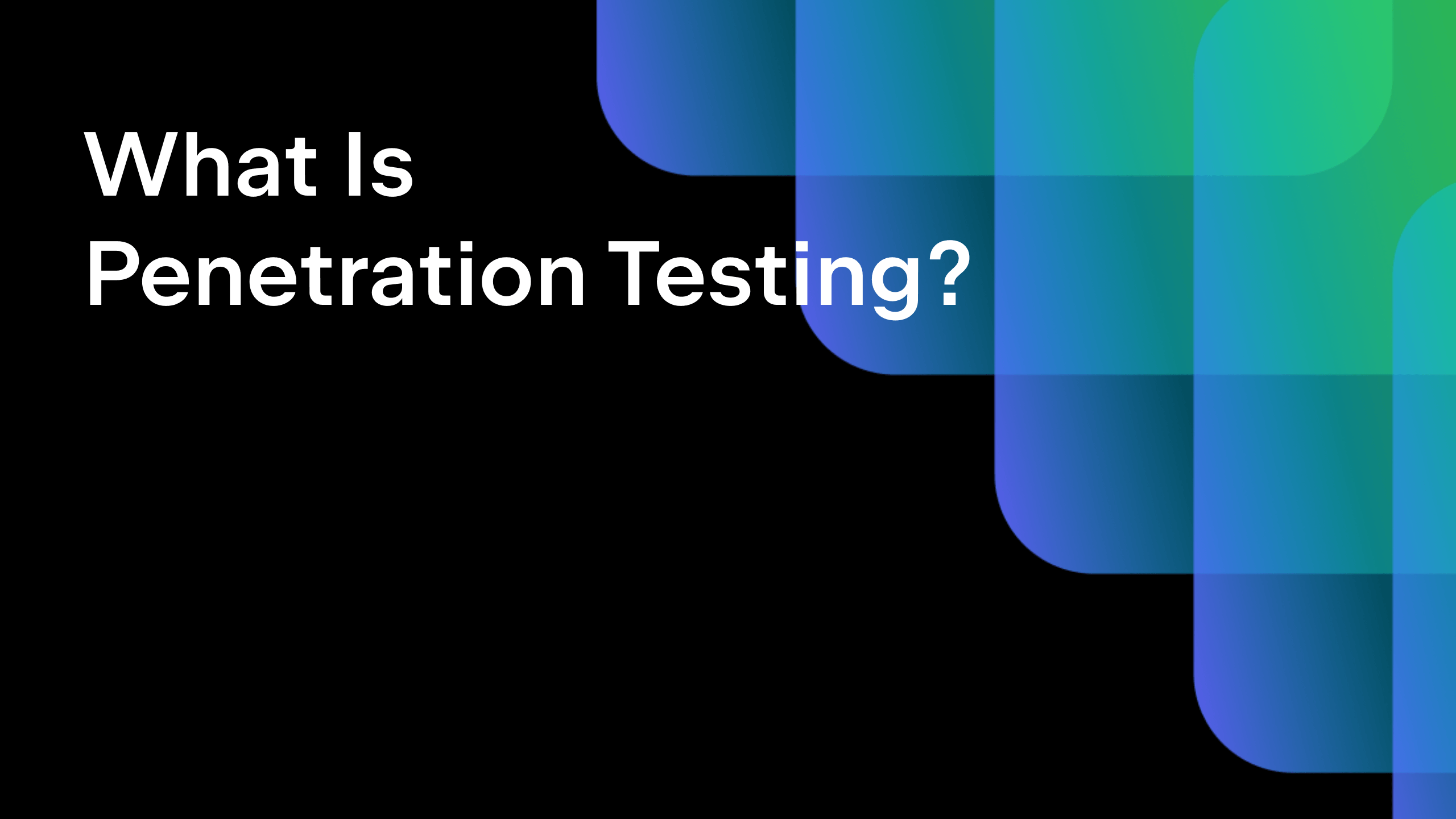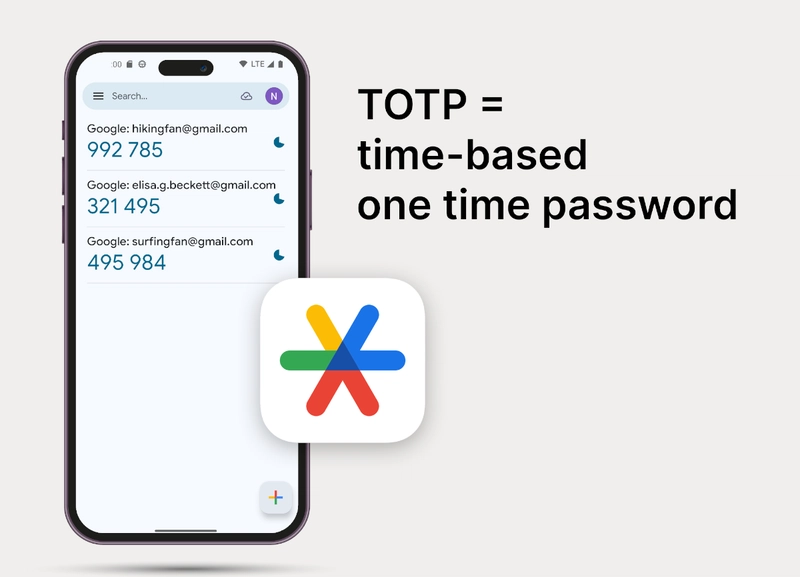From Getting Started to Performance Optimization.
As a junior majoring in computer science, I was introduced to the Hyperlane framework while working on a Web service project. This high-performance Rust HTTP framework completely changed my perception of Web development. Below is my true experience of learning and applying Hyperlane. First Encounter with Hyperlane: The Clean ctx Abstraction When I first started using Hyperlane, I was pleasantly surprised by its clean Context (ctx) abstraction. Previously, in other frameworks, I had to write verbose calls like: let method = ctx.get_request().await.get_method(); Now, it’s as simple as one line of code: let method = ctx.get_request_method().await; This design significantly enhances the readability of my code, especially when dealing with complex business logic, eliminating the need for nested method calls. Routing and Request Handling: Flexible Method Macros When implementing RESTful APIs, Hyperlane’s request method macros made route definitions incredibly simple: #[methods(get, post)] async fn user_profile(ctx: Context) { // Handle GET and POST requests ctx.set_response_status_code(200).await; ctx.set_response_body("User Profile").await; } #[get] async fn get_users(ctx: Context) { // Handle only GET requests let users = fetch_all_users().await; ctx.set_response_body(users).await; } This declarative syntax allows me to focus on business logic rather than HTTP details. Response Handling: Powerful and Flexible API During development, I found response handling to be particularly intuitive: // Set response status ctx.set_response_status_code(404).await; // Add custom response headers ctx.set_response_header("server", "hyperlane").await; // Send JSON response let user_data = User { id: 1, name: "Zhang San" }; ctx.set_response_body(user_data).await; The coolest part is the ability to send responses in chunks, which is very useful when dealing with large files: // Send response body in chunks ctx.set_response_body("First part of the data").send_body().await; ctx.set_response_body("Second part of the data").send_body().await; Middleware: The Power of the Onion Model When implementing authentication, I deeply appreciated the power of the middleware onion model: graph LR A[Client Request] --> B[Authentication Middleware] B --> C[Logging Middleware] C --> D[Route Handling] D --> E[Response Formatting Middleware] E --> F[Compression Middleware] F --> G[Return Response] With middleware, I can separate cross-cutting concerns from business logic: // Authentication middleware async fn auth_middleware(ctx: Context, next: Next) -> Result { if !validate_token(&ctx).await { return Err(Error::Unauthorized); } next.run(ctx).await } Routing System: The Perfect Combination of Static and Dynamic When developing a blog system, dynamic routing played a crucial role: // Static route server.route("/about", about_page).await; // Dynamic route - simple parameter server.route("/post/{slug}", show_post).await; // Dynamic route - with regex constraint server.route("/user/{id:\\d+}", show_user).await; Retrieving route parameters is also very straightforward: async fn show_post(ctx: Context) { let slug: String = ctx.get_route_param("slug").await; let post = fetch_post_by_slug(&slug).await; ctx.set_response_body(post).await; } Performance Optimization: Impressive QPS After completing the project, I conducted a performance test using wrk: wrk -c360 -d60s http://localhost:8000/ The results were astonishing! Hyperlane’s performance is second only to the native Tokio implementation: Framework QPS Tokio 340,130 Hyperlane 324,323 Rocket 298,945 Gin (Go) 242,570 Learning Takeaways and Future Plans Through this project, I not only mastered the Hyperlane framework but also gained a deep understanding of the design philosophy of modern Web frameworks: Clean API design significantly improves development efficiency. Middleware onion model offers excellent extensibility. Rust’s type system combined with Web frameworks brings safety. Asynchronous programming is the core of high-performance services. For the future, I plan to: Explore Hyperlane’s WebSocket support in depth. Investigate how the framework leverages Rust’s zero-cost abstractions at the lower level. Attempt to build a microservices architecture based on Hyperlane. Hyperlane is more than just a tool; it has changed my way of thinking about programming. Every ctx call and every middleware I write deepens my understanding of the essence of Web development. This framework has taught me that performance and development experience can be achieved simultaneously, which is the charm of the Rust ecosystem.
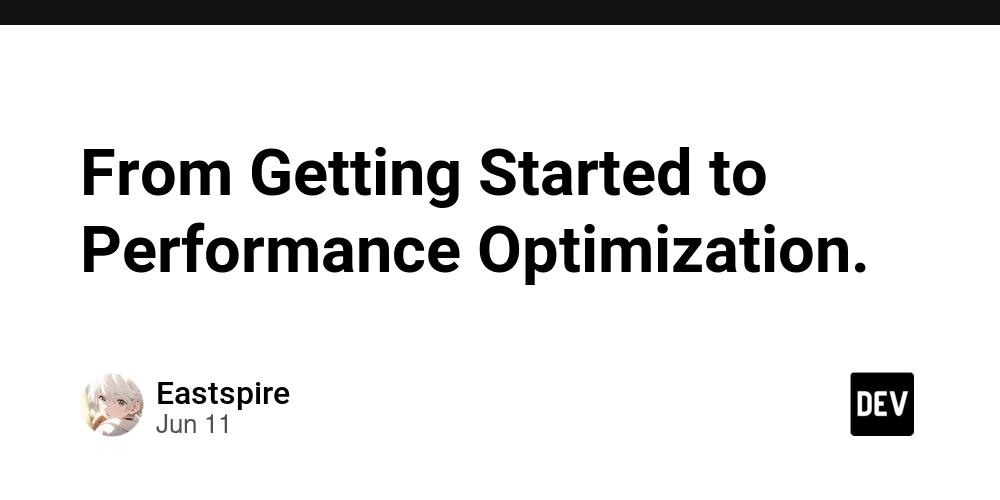
As a junior majoring in computer science, I was introduced to the Hyperlane framework while working on a Web service project. This high-performance Rust HTTP framework completely changed my perception of Web development. Below is my true experience of learning and applying Hyperlane.
First Encounter with Hyperlane: The Clean ctx Abstraction
When I first started using Hyperlane, I was pleasantly surprised by its clean Context (ctx) abstraction. Previously, in other frameworks, I had to write verbose calls like:
let method = ctx.get_request().await.get_method();
Now, it’s as simple as one line of code:
let method = ctx.get_request_method().await;
This design significantly enhances the readability of my code, especially when dealing with complex business logic, eliminating the need for nested method calls.
Routing and Request Handling: Flexible Method Macros
When implementing RESTful APIs, Hyperlane’s request method macros made route definitions incredibly simple:
#[methods(get, post)]
async fn user_profile(ctx: Context) {
// Handle GET and POST requests
ctx.set_response_status_code(200).await;
ctx.set_response_body("User Profile").await;
}
#[get]
async fn get_users(ctx: Context) {
// Handle only GET requests
let users = fetch_all_users().await;
ctx.set_response_body(users).await;
}
This declarative syntax allows me to focus on business logic rather than HTTP details.
Response Handling: Powerful and Flexible API
During development, I found response handling to be particularly intuitive:
// Set response status
ctx.set_response_status_code(404).await;
// Add custom response headers
ctx.set_response_header("server", "hyperlane").await;
// Send JSON response
let user_data = User { id: 1, name: "Zhang San" };
ctx.set_response_body(user_data).await;
The coolest part is the ability to send responses in chunks, which is very useful when dealing with large files:
// Send response body in chunks
ctx.set_response_body("First part of the data").send_body().await;
ctx.set_response_body("Second part of the data").send_body().await;
Middleware: The Power of the Onion Model
When implementing authentication, I deeply appreciated the power of the middleware onion model:
graph LR
A[Client Request] --> B[Authentication Middleware]
B --> C[Logging Middleware]
C --> D[Route Handling]
D --> E[Response Formatting Middleware]
E --> F[Compression Middleware]
F --> G[Return Response]
With middleware, I can separate cross-cutting concerns from business logic:
// Authentication middleware
async fn auth_middleware(ctx: Context, next: Next) -> Result<Response, Error> {
if !validate_token(&ctx).await {
return Err(Error::Unauthorized);
}
next.run(ctx).await
}
Routing System: The Perfect Combination of Static and Dynamic
When developing a blog system, dynamic routing played a crucial role:
// Static route
server.route("/about", about_page).await;
// Dynamic route - simple parameter
server.route("/post/{slug}", show_post).await;
// Dynamic route - with regex constraint
server.route("/user/{id:\\d+}", show_user).await;
Retrieving route parameters is also very straightforward:
async fn show_post(ctx: Context) {
let slug: String = ctx.get_route_param("slug").await;
let post = fetch_post_by_slug(&slug).await;
ctx.set_response_body(post).await;
}
Performance Optimization: Impressive QPS
After completing the project, I conducted a performance test using wrk:
wrk -c360 -d60s http://localhost:8000/
The results were astonishing! Hyperlane’s performance is second only to the native Tokio implementation:
| Framework | QPS |
|---|---|
| Tokio | 340,130 |
| Hyperlane | 324,323 |
| Rocket | 298,945 |
| Gin (Go) | 242,570 |
Learning Takeaways and Future Plans
Through this project, I not only mastered the Hyperlane framework but also gained a deep understanding of the design philosophy of modern Web frameworks:
- Clean API design significantly improves development efficiency.
- Middleware onion model offers excellent extensibility.
- Rust’s type system combined with Web frameworks brings safety.
- Asynchronous programming is the core of high-performance services.
For the future, I plan to:
- Explore Hyperlane’s WebSocket support in depth.
- Investigate how the framework leverages Rust’s zero-cost abstractions at the lower level.
- Attempt to build a microservices architecture based on Hyperlane.
Hyperlane is more than just a tool; it has changed my way of thinking about programming. Every ctx call and every middleware I write deepens my understanding of the essence of Web development. This framework has taught me that performance and development experience can be achieved simultaneously, which is the charm of the Rust ecosystem.


















































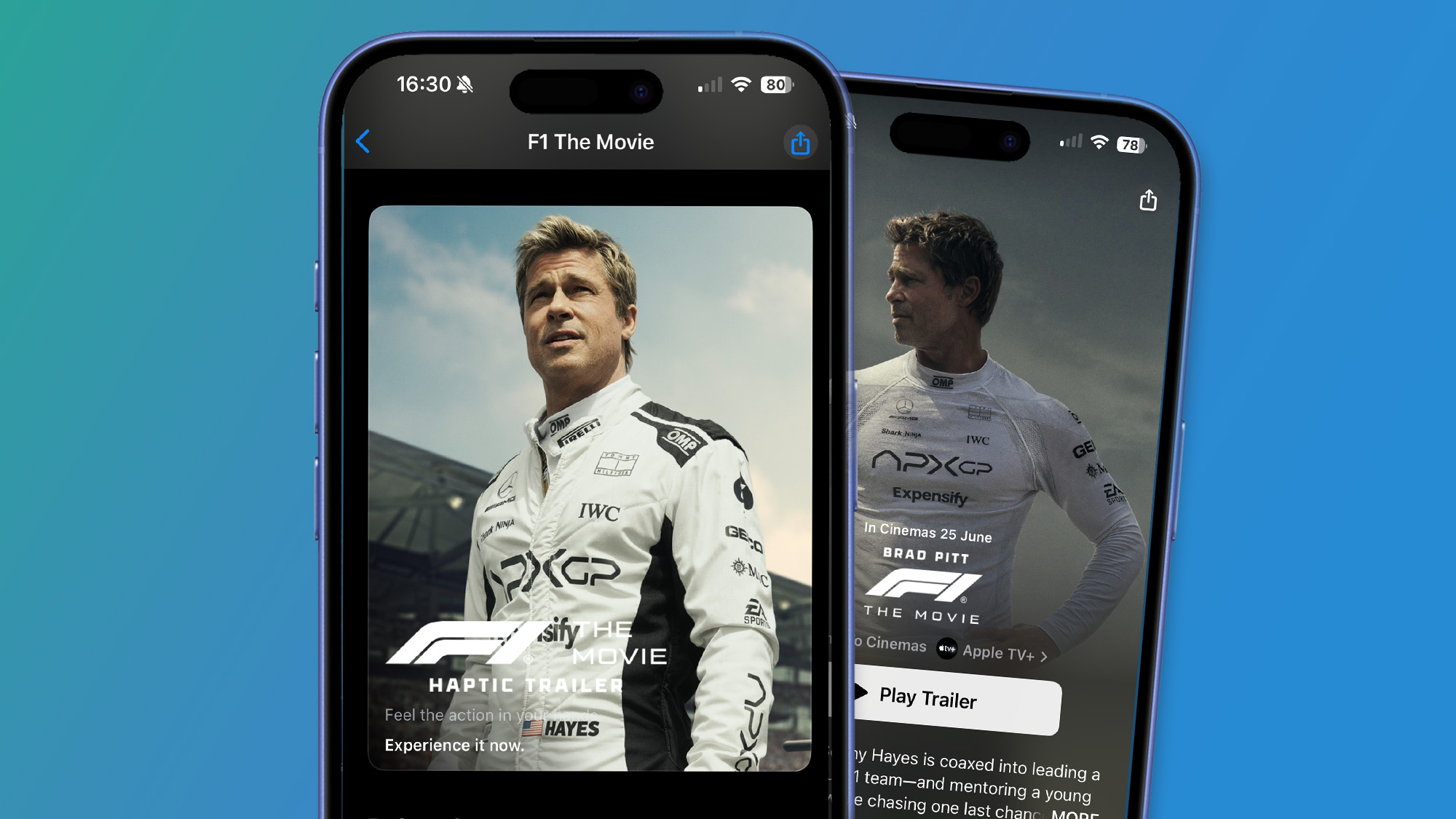




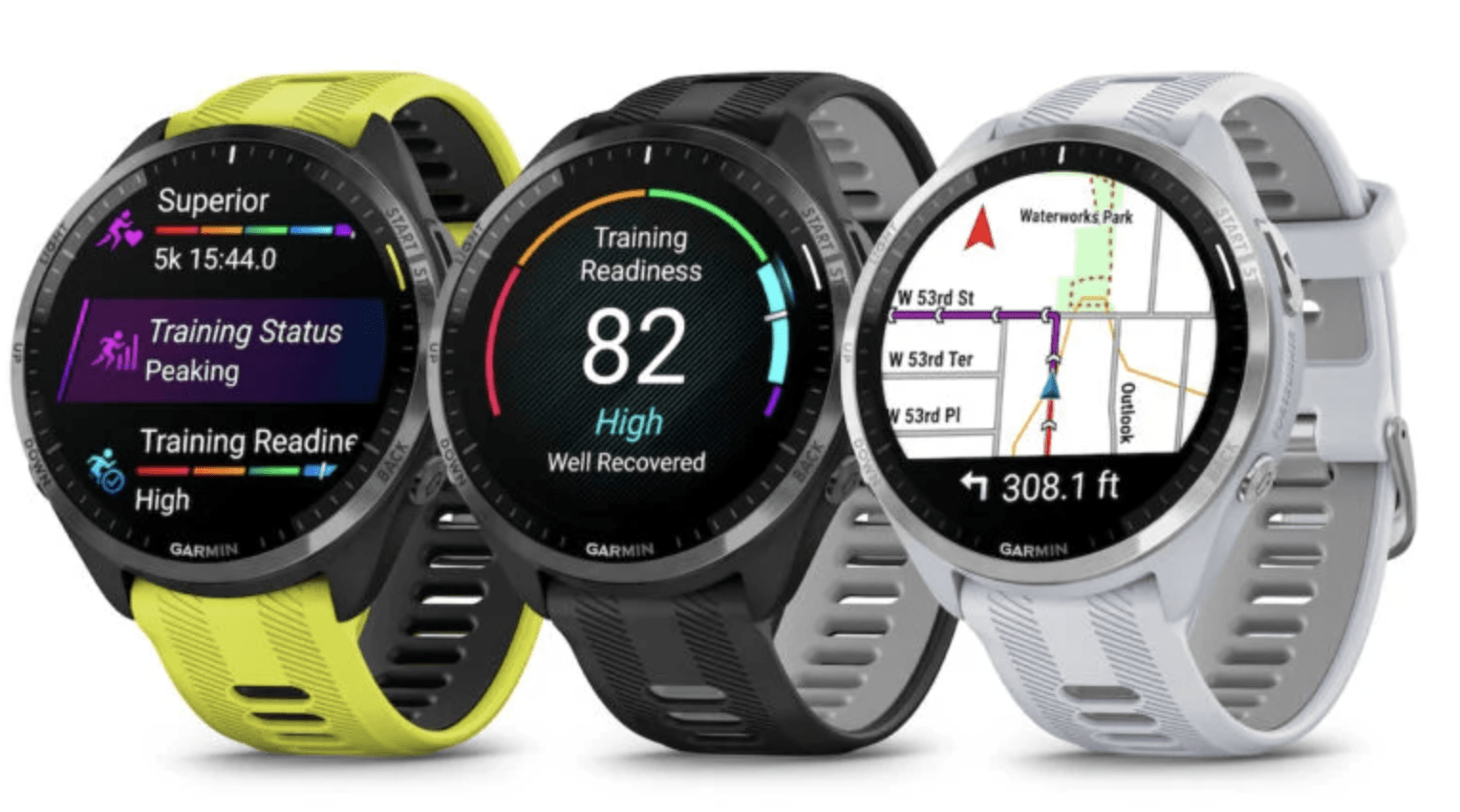












![Apple Shares Teaser Trailer for 'The Lost Bus' Starring Matthew McConaughey [Video]](https://www.iclarified.com/images/news/97582/97582/97582-640.jpg)


![Apple Debuts Trailer for Third Season of 'Foundation' [Video]](https://www.iclarified.com/images/news/97589/97589/97589-640.jpg)










































































































.webp?#)

_incamerastock_Alamy.jpg?width=1280&auto=webp&quality=80&disable=upscale#)



























































































![Top Features of Vision-Based Workplace Safety Tools [2025]](https://static.wixstatic.com/media/379e66_7e75a4bcefe14e4fbc100abdff83bed3~mv2.jpg/v1/fit/w_1000,h_884,al_c,q_80/file.png?#)



























![[The AI Show Episode 152]: ChatGPT Connectors, AI-Human Relationships, New AI Job Data, OpenAI Court-Ordered to Keep ChatGPT Logs & WPP’s Large Marketing Model](https://www.marketingaiinstitute.com/hubfs/ep%20152%20cover.png)




































































































































